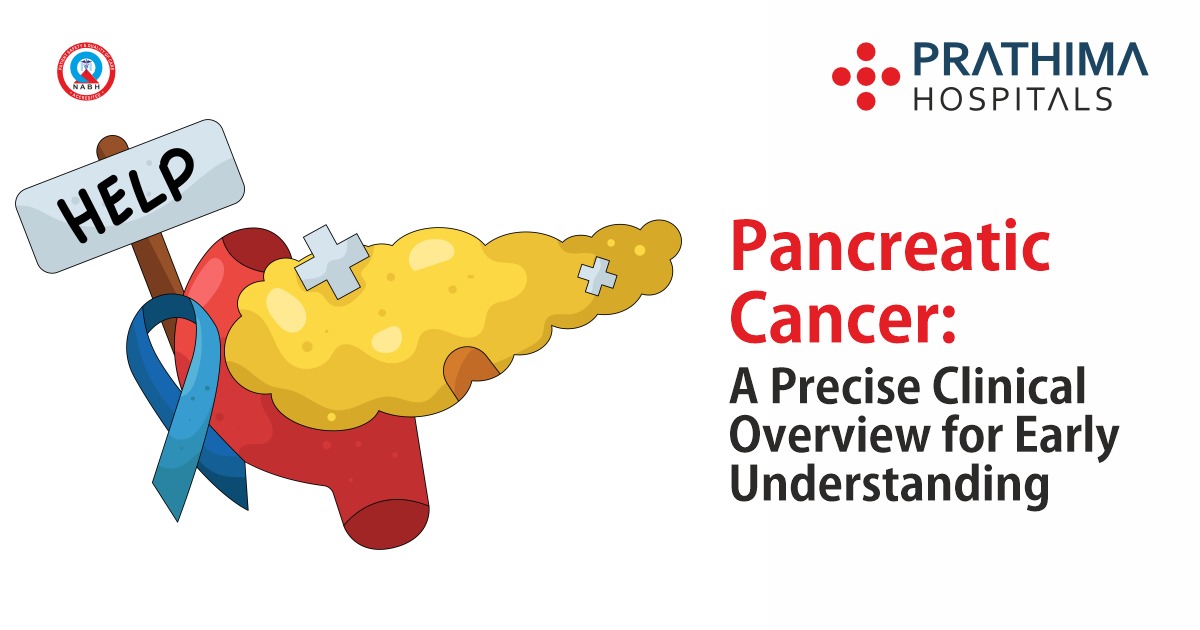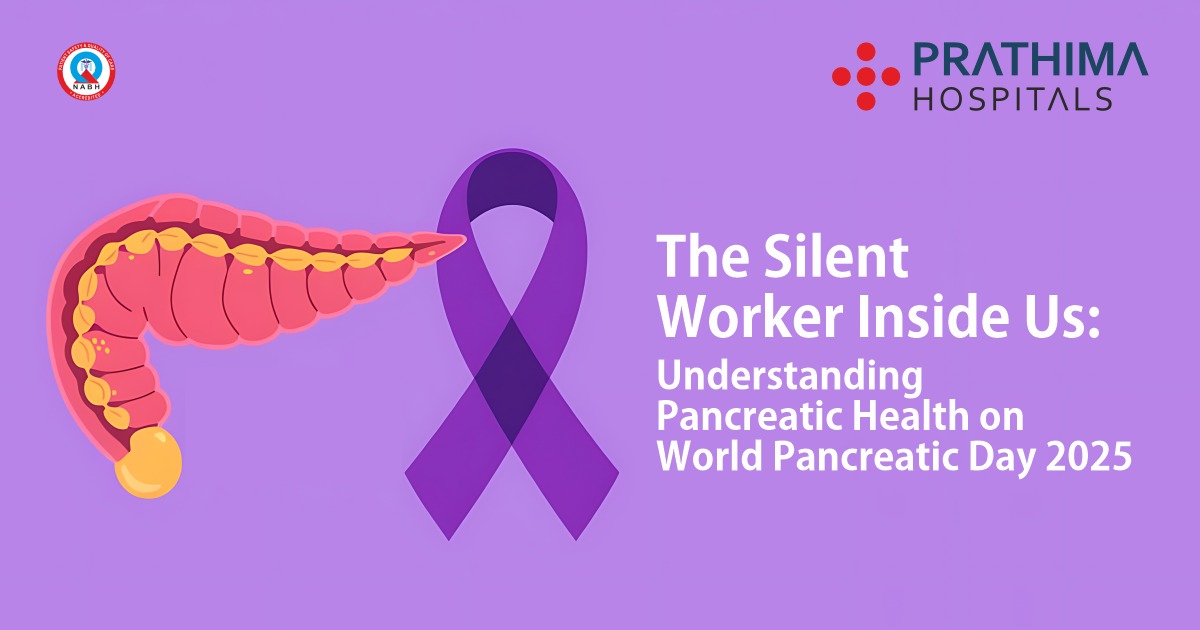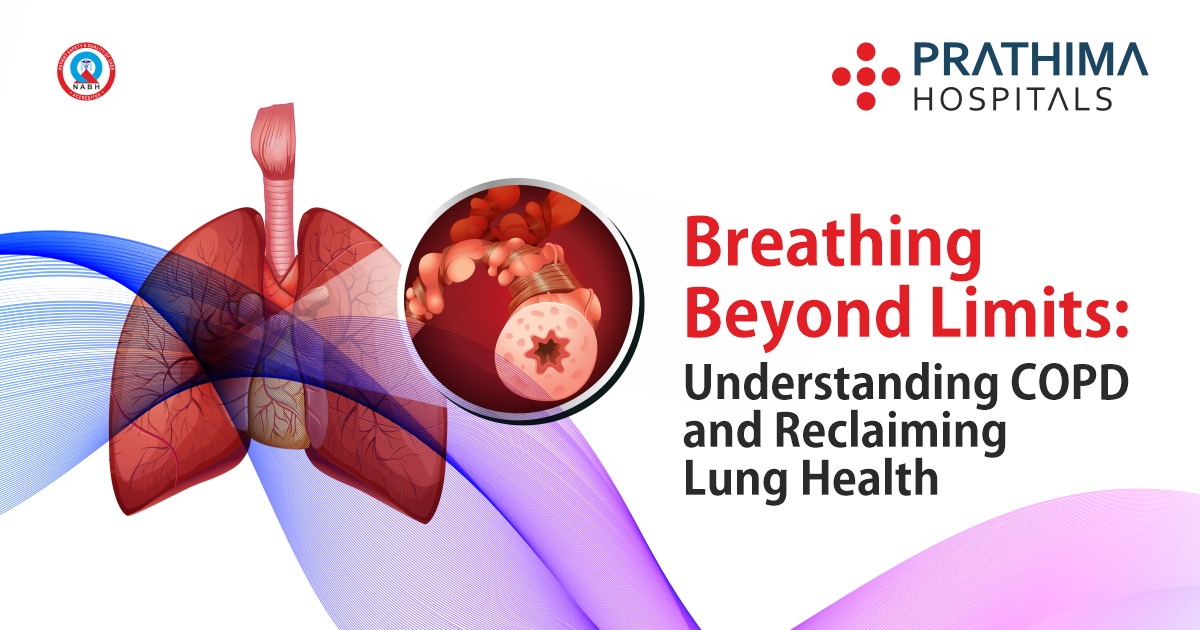What are menstrual disorders!

Menstrual Disorders
Introduction:
Menses is a naturalistic biological cycle that occurs in women of reproductive age. It is the shedding of the lining of the uterus and occurs approximately once a month. Menstruation is essential for fertility and the reproductive health of women. However, menstrual disorders can occur, which can cause significant discomfort and distress. In this article, we will discuss menstrual disorders, their causes, symptoms, diagnosis, and treatment.
Gynaecologist in Hyderabad gives details on what are Menstrual Disorders :
Menstrual disorders refer to any abnormality in the menstrual cycle. The menstrual cycle is regulated by hormones and can vary from woman to woman. The average menstrual cycle lasts approximately 28 days but can range from 21 to 35 days. Menstrual disorders can include a variety of conditions, including:
- Amenorrhea: This is the absence of menstrual periods. Primary amenorrhea refers to women who have not started menstruating by the age of 16, while secondary amenorrhea refers to women who have previously menstruated but have not had a period for at least three months.
- Dysmenorrhea: It’s the medical phrase for menstrual cramps. It is a common menstrual disorder and can range from mild discomfort to severe pain.
- Menorrhagia: This is a condition where women experience abnormally heavy menstrual bleeding.
- Polycystic Ovary Syndrome (PCOS): This is a hormonal disorder that can cause irregular menstrual cycles, acne, weight gain, and excess hair growth.
- Premenstrual Syndrome (PMS): This is a common condition where women experience physical and emotional symptoms before their menstrual period.
- Endometriosis: This is a condition where the tissue that lines the uterus grows outside of the uterus, causing pain and infertility. Causes of Menstrual Disorders as per Gynaecologist in Kachiguda.
There are various causes of menstrual disorders, including:
- Hormonal imbalances: The menstrual cycle is regulated by hormones such as estrogen, progesterone, follicle-stimulating hormone (FSH), and luteinizing hormone (LH). Any imbalance in these hormones can result in menstrual disorders. For example, a progesterone deficiency can cause irregular menstrual cycles, while an excess of estrogen can lead to heavy bleeding.
- Structural abnormalities: Structural abnormalities in the reproductive system can cause menstrual disorders. Conditions such as uterine fibroids, polyps, or adhesions can cause heavy bleeding or irregular periods. Endometriosis, a condition where the tissue that lines the uterus grows outside of the uterus, can also cause menstrual disorders.
- Medical conditions: Certain medical conditions can cause menstrual disorders. Thyroid disorders, diabetes, and eating disorders can affect hormone levels and result in menstrual irregularities. Infections such as pelvic inflammatory disease (PID) can also cause menstrual disorders.
- Medications: Some medications can affect menstrual cycles. For example, hormonal medications such as birth control pills or hormone replacement therapy can cause menstrual irregularities. Blood thinners and some anti-inflammatory medications can also cause heavy bleeding.
- Lifestyle factors: Lifestyle factors such as stress, weight fluctuations, and excessive exercise can affect the menstrual cycle. Stress can cause hormonal imbalances, while excessive exercise or weight loss can result in a lack of ovulation and irregular periods.
- Genetic factors: In some cases, menstrual disorders may be inherited. For example, certain genetic mutations can cause conditions such as congenital adrenal hyperplasia, which can affect hormone production and lead to menstrual irregularities.
Symptoms of Menstrual Disorders:
Menstrual disorders refer to any changes or abnormalities in the menstrual cycle that can cause discomfort, pain, or interfere with a woman’s quality of life. These disorders can manifest with a wide range of symptoms, depending on the underlying cause and severity of the condition. Gynaecologist in Kphb, says these are the most common symptoms of menstrual disorders:
- Abnormal menstrual bleeding: Abnormal bleeding is one of the most common symptoms of menstrual disorders. It can include heavy bleeding, prolonged bleeding, or irregular periods. Heavy bleeding, also known as menorrhagia, is defined as bleeding that lasts longer than 7 days or requires changing pads or tampons every hour. Prolonged bleeding, or metrorrhagia, refers to bleeding that occurs between menstrual cycles. Irregular periods can include infrequent periods, periods that occur too frequently, or periods that are irregular in length.
- Menstrual cramps: Menstrual cramps, also known as dysmenorrhea, are painful contractions of the uterus that can occur before or during menstruation. These cramps are caused by the release of prostaglandins, hormones that cause the uterus to contract. Mild cramps are common during menstruation, but severe or persistent cramps can be a sign of a menstrual disorder.
- Painful periods: Hurting periods can contain lower abdominal pain, back pain, or pain in the legs. The distress can be mild or painful and can hamper day-to-day activities.
- Nausea and vomiting: Some women may experience nausea and vomiting during their periods. These symptoms are usually mild and resolve on their own, but persistent nausea or vomiting can be a sign of a menstrual disorder.
- Headaches: Hormonal changes during the menstrual cycle can cause headaches or migraines in some women. These headaches can be mild or severe and can last for several days.
- Fatigue: Many women may feel tired during their periods. This can be due to hormonal changes or the loss of blood during menstruation.
- Mood changes: Hormonal changes can also cause mood changes such as irritability, anxiety, or depression. These symptoms can be mild or severe and can interfere with daily activities.
- Changes in appetite: Some women may experience changes in appetite or food cravings during their periods. These cravings are usually for sweet or salty foods.
- Difficulty getting pregnant: Menstrual disorders such as polycystic ovary syndrome (PCOS) or endometriosis can make it difficult to get pregnant. Women with these conditions may experience irregular periods, infertility, or miscarriages.
- Other symptoms: Other symptoms of menstrual disorders can include bloating, breast tenderness, or acne. These symptoms can be mild or severe and can vary depending on the underlying cause of the menstrual disorder.
Diagnosis of Menstrual Disorders:
Diagnosis of menstrual disorders involves a thorough medical history and physical examination. The Gynaecologist in Kukatpally may also recommend blood tests to check hormone levels, pelvic ultrasound to evaluate the uterus and ovaries, or a hysteroscopy to examine the inside of the uterus.
Treatment of Menstrual Disorders:
The treatment of menstrual disorders will depend on the specific disorder, its underlying cause, and the severity of the symptoms. Some menstrual disorders can be treated with medication, while others may require surgery. Here are some of the most common treatment options for menstrual disorders:
- Nonsteroidal anti-inflammatory drugs (NSAIDs): NSAIDs such as ibuprofen or naproxen can be effective in relieving menstrual cramps and reducing heavy bleeding.
- Hormonal therapy: Hormonal therapy can regulate the menstrual cycle and reduce symptoms of menstrual disorders. This can include birth control pills, patches, or injections that contain estrogen and progestin. Hormonal therapy can also include progesterone-only methods such as the Depo-Provera injection, the mini-pill, or an intrauterine device (IUD) containing progesterone.
- Antifibrinolytics: Antifibrinolytics such as tranexamic acid can reduce heavy menstrual bleeding by preventing blood clots from breaking down.
- Surgery: Surgery may be necessary for some menstrual disorders such as uterine fibroids, endometriosis, or adenomyosis. This can include procedures such as myomectomy, hysterectomy, or laparoscopic surgery to remove endometrial tissue.
- Lifestyle changes: Making lifestyle changes such as maintaining a healthy weight, reducing stress, getting regular exercise, and avoiding smoking can help reduce symptoms of menstrual disorders.
- Alternative therapies: Some women may find relief from menstrual disorders by using alternative therapies such as acupuncture, massage, or herbal supplements. However, it is important to talk to a healthcare provider before trying any alternative therapies as they may interact with other medications.
- Iron supplementation: Heavy menstrual bleeding can lead to iron deficiency anaemia, which can cause fatigue, weakness, and shortness of breath. Iron supplements can help increase iron levels and alleviate these symptoms.
Prevention of Menstrual Disorders:
While some menstrual disorders may be unavoidable due to underlying medical conditions, there are steps that women can take to reduce their risk of developing menstrual disorders. Here are some prevention tips:
- Maintain a healthy weight: Being overweight or obese can increase the risk of developing menstrual disorders such as irregular periods, polycystic ovary syndrome (PCOS), and endometrial cancer. Eating a nutritious diet & getting frequent exercise can support maintaining a healthy weight & lower the risk of these conditions.
- Manage stress: High levels of stress can disrupt the menstrual cycle and cause irregular periods. Practising stress-reducing activities such as meditation, yoga, or deep breathing exercises can help reduce stress and promote regular periods.
- Avoid smoking: Smoking can affect hormone levels and increase the risk of menstrual disorders such as infertility, early menopause, and cervical cancer. Avoiding smoking and exposure to secondhand smoke can help reduce the risk of these conditions.
- Use contraception: Hormonal contraception such as birth control pills, patches, or injections can regulate the menstrual cycle and reduce the risk of menstrual disorders such as irregular periods or heavy bleeding. Using condoms can also reduce the risk of sexually transmitted infections that can lead to menstrual disorders.
- Practice good hygiene: Good hygiene can help prevent infections that can lead to menstrual disorders such as pelvic inflammatory disease (PID) or toxic shock syndrome (TSS). This includes changing tampons or pads every 4-6 hours, washing hands before and after inserting or removing menstrual products, and avoiding douching or using scented products in the genital area.
- Get regular gynaecological check-ups: Regular gynaecological exams can help detect early signs of menstrual disorders or other gynaecological conditions. Women should have a gynaecological exam at least once a year, or more often if recommended by a healthcare provider.
Conclusion:
Menstrual disorders can be a significant source of discomfort and distress for women. It is important to seek medical attention at Best Gynaecology Hospital in Hyderabad if you experience any abnormality in your menstrual cycle or symptoms such as menstrual cramps, heavy bleeding, or irregular periods. With proper diagnosis and treatment, most menstrual disorders can be managed effectively. If left untreated, menstrual disorders can lead to complications such as anaemia, infertility, or chronic pain. Maintaining a healthy lifestyle can also help reduce the risk of developing menstrual disorders.
.
.
.
.
.
For more details :
📞:: 733 733 6600 | 040 4345 4345
🌐:: www.prathimahospitals.com






Warning: Undefined variable $req in /home/u885608126/domains/prathimahospitals.com/public_html/wp-content/themes/prathimahospitals/functions.php on line 294
Warning: Undefined variable $commenter in /home/u885608126/domains/prathimahospitals.com/public_html/wp-content/themes/prathimahospitals/functions.php on line 295
Warning: Trying to access array offset on value of type null in /home/u885608126/domains/prathimahospitals.com/public_html/wp-content/themes/prathimahospitals/functions.php on line 295
Warning: Undefined variable $aria_req in /home/u885608126/domains/prathimahospitals.com/public_html/wp-content/themes/prathimahospitals/functions.php on line 295
Warning: Undefined variable $req in /home/u885608126/domains/prathimahospitals.com/public_html/wp-content/themes/prathimahospitals/functions.php on line 298
Warning: Undefined variable $commenter in /home/u885608126/domains/prathimahospitals.com/public_html/wp-content/themes/prathimahospitals/functions.php on line 299
Warning: Trying to access array offset on value of type null in /home/u885608126/domains/prathimahospitals.com/public_html/wp-content/themes/prathimahospitals/functions.php on line 299
Warning: Undefined variable $aria_req in /home/u885608126/domains/prathimahospitals.com/public_html/wp-content/themes/prathimahospitals/functions.php on line 300
Warning: Undefined variable $commenter in /home/u885608126/domains/prathimahospitals.com/public_html/wp-content/themes/prathimahospitals/functions.php on line 303
Warning: Trying to access array offset on value of type null in /home/u885608126/domains/prathimahospitals.com/public_html/wp-content/themes/prathimahospitals/functions.php on line 303